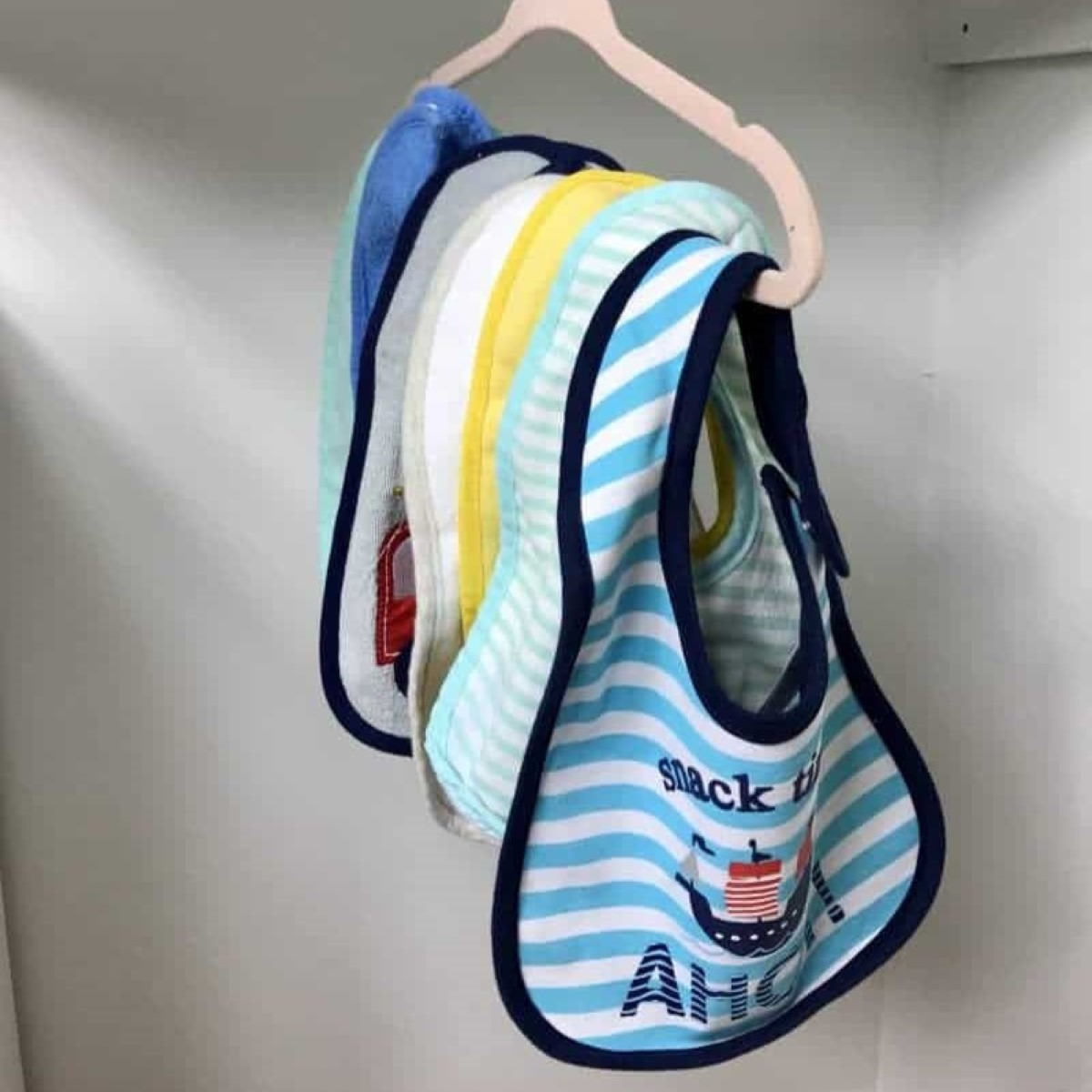

Articles
How To Store Bibs
Modified: February 9, 2024
Learn the best techniques for storing articles, including bibs, to keep them clean and organized. Find out how to maximize space and maintain their quality.
(Many of the links in this article redirect to a specific reviewed product. Your purchase of these products through affiliate links helps to generate commission for Storables.com, at no extra cost. Learn more)
Introduction
When it comes to caring for your baby, keeping their essentials organized and easily accessible is essential. Bibs, in particular, often have a way of accumulating and ending up scattered around the house. But fear not! With some simple storage tips and tricks, you can keep your baby’s bibs neatly organized and ready for use. In this article, we will explore various methods and techniques to store bibs effectively.
Whether you’re dealing with a small collection of bibs or a vast assortment, these tips can help you maximize space, maintain cleanliness, and minimize the time spent searching for a bib when you need it the most. Let’s dive in!
Key Takeaways:
- Keep your baby’s bibs neatly organized and ready for use by choosing the right storage method, washing them properly, and folding them for compact storage. Utilize storage containers, labeling, and hanging solutions to streamline the process and make parenting easier.
- Integrate bib storage with baby feeding supplies to maximize convenience and efficiency during mealtime. By implementing these storage tips, you can effortlessly keep track of your baby’s bibs, reduce clutter, and enjoy a more organized and efficient parenting journey.
Read more: How To Install A Hose Bib
Tip 1: Choosing the Right Storage Method
When it comes to storing bibs, the first step is to choose the right storage method that suits your needs and space constraints. There are several options to consider:
- Drawer Dividers: If you have a drawer available, consider using drawer dividers to allocate a designated space for your bibs. This allows you to easily separate and organize them by size, material, or design.
- Hanging Organizer: A hanging organizer with pockets can be a great option, especially if you have limited drawer or shelf space. Simply hang it on the back of a door or a wall hook, and you can store your bibs neatly in individual pockets.
- Storage Baskets or Bins: Baskets or bins are another versatile choice for bib storage. They can be placed on shelves, in closets, or even under the changing table. Look for baskets with dividers or compartments to keep bibs separate and easily accessible.
- Pegboard System: For a unique and visually appealing storage solution, consider using a pegboard. Install a pegboard on your wall and attach hooks to hang your bibs. This method not only keeps your bibs in order but also adds a decorative element to the room.
Choose a storage method that best fits your space, preferences, and lifestyle. Remember that the goal is to have a system that is easy to maintain and allows you to locate the bibs quickly when needed.
Tip 2: Wash and Clean Bibs Properly
Keeping your baby’s bibs clean is crucial for maintaining hygiene and prolonging their lifespan. Here are some tips for washing and cleaning bibs effectively:
- Check Care Instructions: Before washing your bibs, always check the care instructions provided by the manufacturer. Different materials may require specific washing methods or temperature settings.
- Pre-Treat Stains: If your bibs have stains, it’s a good idea to pre-treat them before washing. Gently rub a stain remover or a mixture of water and mild detergent on the stained area. Let it sit for a few minutes before washing.
- Separate Bibs from Other Laundries: To ensure proper cleanliness, separate bibs from other items of clothing when doing laundry. This will prevent potential cross-contamination or color bleeding.
- Machine Wash or Hand Wash: Most bibs are machine washable. Use a gentle cycle and mild detergent to wash them. For bibs with delicate embellishments or made of sensitive fabrics, consider hand washing them to avoid damage.
- Avoid Excessive Heat: To preserve the quality of the bibs, avoid using high heat settings while drying. Opt for a low heat setting or air-dry them instead.
Regularly cleaning your baby’s bibs ensures that they remain fresh, free from stains, and ready for use at any time. By following these simple steps, you can keep your bibs looking their best for longer.
Tip 3: Folding Bibs for Compact Storage
When it comes to storing bibs, folding them properly can significantly save space and make them easier to organize. Here are some techniques for folding bibs for compact storage:
- Basic Fold: Start by folding the bib in half vertically, with the front side facing out. Then, fold it in half again horizontally, bringing the bottom edge up to the top edge. This creates a compact folded bib that can be easily stacked or stored in a drawer.
- Rolling Method: Another space-saving option is to roll the bib instead of folding. Lay the bib flat on a surface and roll it tightly from one end to the other. This method is particularly useful if you’re short on drawer space or using a small storage container.
- Accordion Fold: For bibs with larger sizes or more rigid materials, an accordion fold can be a practical storage solution. Start by folding the bib in half vertically. Then, fold it in half again horizontally. Finally, fold the sides towards the center in an accordion-style fold. This method allows for easier organization and accessing specific bibs without unfolding the entire stack.
- Hanging Fold: If you have a hanging organizer or a pegboard system, you can fold the bib slightly differently. Fold the bib in half vertically, ensuring that the design or front side is visible. Then, fold it in half again horizontally, bringing the bottom edge up to the top edge. Finally, hang the folded bib on a hook or place it in the designated pocket of your organizer.
Experiment with different folding techniques to find the one that works best for you and your storage space. Regardless of the folding method you choose, remember to keep similar bibs together to simplify the process of finding the right bib when you need it.
Tip 4: Use Storage Containers or Bags
Storage containers or bags can be a game-changer when it comes to organizing and storing bibs efficiently. Here are some options to consider:
- Clear Plastic Bins: Clear plastic bins are an excellent choice for storing bibs. They allow you to see the contents at a glance and keep the bibs protected from dust and dirt. Use dividers within the bin to separate bibs by size, color, or type for easy access.
- Fabric Storage Bins: Fabric storage bins are a stylish and versatile option. They come in various sizes, designs, and colors, allowing you to match them to your nursery decor. Use different bins for different purposes, such as one for clean bibs and another for soiled ones.
- Zippered Bags: Zippered bags are handy for on-the-go parents or for neatly storing bibs in your diaper bag. Opt for reusable bags made of waterproof materials to prevent any leaks or spills from soiled bibs.
- Hanging Organizer or Pocketed Bags: If you prefer hanging storage solutions, consider using a hanging organizer with pockets or fabric bags with hooks. Hang it on the back of a door, on a wall, or inside a closet for easy access and visibility.
When using storage containers or bags, make sure to label or categorize them based on the contents. This way, you can quickly locate the bib you need without rummaging through multiple containers.
Remember to choose storage options that fit your space and daily routine. Whether you opt for clear bins, fabric storage bags, or hanging organizers, using dedicated storage solutions will help keep your bibs organized and ready for use.
Store bibs in a designated drawer or basket near the feeding area for easy access. Consider using a hanging organizer or hooks to keep them neatly organized and within reach.
Read more: What Is A Hose Bib In Plumbing
Tip 5: Labeling or Categorizing Bibs
Labeling or categorizing your bibs is a practical way to ensure easy identification and access. Here’s how you can effectively label or categorize your bibs:
- Size Labels: If you have bibs of different sizes, consider attaching size labels to each bib. This can be especially useful if you have multiple children or if you want to quickly identify the appropriate bib for your growing baby.
- Color Coding: Assigning colors to specific types of bibs can simplify the selection process. For example, you can designate one color for everyday bibs, another for special occasion bibs, and a different color for bibs used during mealtime or messy activities.
- Theme or Design Categories: If you have a large collection of bibs with varying themes or designs, categorizing them based on these features can be helpful. This way, you can easily find a bib that matches your baby’s outfit or the occasion.
- Usage Labels: Attach labels specifying the purpose or usage of each bib. Labels like “Mealtime,” “Snack Time,” or “Craft Activities” can help you choose the most appropriate bib for a specific situation.
When labeling or categorizing your bibs, you can use various methods such as small adhesive labels, fabric markers, or even sew-on tags. Choose a labeling technique that is convenient and durable for long-term use.
By implementing a labeling or categorizing system, you’ll be able to locate the right bib quickly, saving you time and simplifying the process of dressing your baby for different occasions or activities.
Tip 6: Hanging Bibs for Accessibility
Hanging your bibs is not only a practical storage solution but also ensures easy accessibility. Here are some tips for hanging bibs effectively:
- Hanging Hooks: Install hooks on the back of a door, a wall, or even inside a closet to hang your bibs. Choose hooks that are sturdy and can securely hold the weight of multiple bibs. Space the hooks evenly to prevent overcrowding.
- Hanging Rods: Use a tension rod or a shower curtain rod to create a hanging space for bibs. Hang the rod in a convenient location, such as the nursery or the kitchen, and hang the bibs using clothespins or S-hooks.
- Hanging Organizer: Invest in a hanging organizer specifically designed for bibs. These organizers typically have individual pockets or compartments that hold each bib separately, making it easy to see and access the one you need.
- Hanging Rail: If you have open wall space, consider installing a hanging rail. Use hangers with clips to hang the bibs, ensuring they stay in place and are easily visible.
When hanging your bibs, consider organizing them by category, size, or color. This makes it even easier to find the bib you need at a glance.
By hanging your bibs, you not only save space but also keep them within reach whenever you need them. This is particularly useful during mealtime or when you need to grab a bib quickly for a messy activity.
Tip 7: Storing Bibs with Baby Feeding Supplies
To maximize convenience and efficiency, consider storing your bibs alongside your baby’s feeding supplies. Here’s how you can integrate bib storage with baby feeding supplies:
- Kitchen Drawer or Cabinet: Dedicate a kitchen drawer or cabinet as a central storage space for all your baby feeding essentials. Allocate a section specifically for bibs, so they are easily accessible when you need them during mealtime.
- Drawer Dividers: Use drawer dividers to create designated compartments within the drawer or cabinet. Separate bibs from other feeding supplies, such as utensils, bowls, and plates. This way, you can quickly grab a bib without rummaging through other items.
- Hanging Organizer: Hang a multi-purpose organizer on the back of a kitchen pantry or cabinet door. Use the pockets to store bibs, along with other feeding supplies like burp cloths, pacifiers, or feeding spoons. This keeps everything in one place and adds convenience to your feeding routine.
- Dedicated Feeding Caddy: Consider using a portable feeding caddy or tote that holds all your baby’s feeding essentials, including bibs. This is especially useful for families on the go or for those who prefer to have all the necessary supplies in one easily transportable container.
By storing your bibs with your baby feeding supplies, you streamline the process of mealtime preparation and ensure that everything you need is in one convenient location. This saves you time and effort, making feeding time more enjoyable for both you and your baby.
Conclusion
Proper storage of bibs is not only essential for organization but also for maintaining their cleanliness and accessibility. By implementing the tips mentioned in this article, you can ensure that your baby’s bibs are neatly organized and ready for use whenever you need them.
Choosing the right storage method, whether it’s using drawer dividers, hanging organizers, or storage containers, allows you to maximize space and keep your bibs in order. Washing and cleaning the bibs properly helps maintain their hygiene and prolong their lifespan.
Folding bibs using various techniques, such as basic folds, rolling methods, or accordion folds, helps save space and keep them easily accessible. Utilizing storage containers, such as clear plastic bins or fabric storage bags, and labeling or categorizing bibs according to size, color, or usage, enhances convenience and simplifies the process of finding the right bib.
Hanging bibs using hooks, rods, or organizers improves accessibility and visibility. Lastly, storing bibs alongside baby feeding supplies, such as in kitchen drawers or hanging organizers, streamlines mealtime preparation and ensures that all essential items are conveniently located.
Remember, the key is to find a storage solution that works best for your space, preferences, and daily routine. With proper storage, you can effortlessly keep track of your baby’s bibs, reducing clutter and making your parenting journey even smoother.
So go ahead and implement these storage tips today, and enjoy a more organized and efficient approach to managing your baby’s bibs!
Frequently Asked Questions about How To Store Bibs
Was this page helpful?
At Storables.com, we guarantee accurate and reliable information. Our content, validated by Expert Board Contributors, is crafted following stringent Editorial Policies. We're committed to providing you with well-researched, expert-backed insights for all your informational needs.
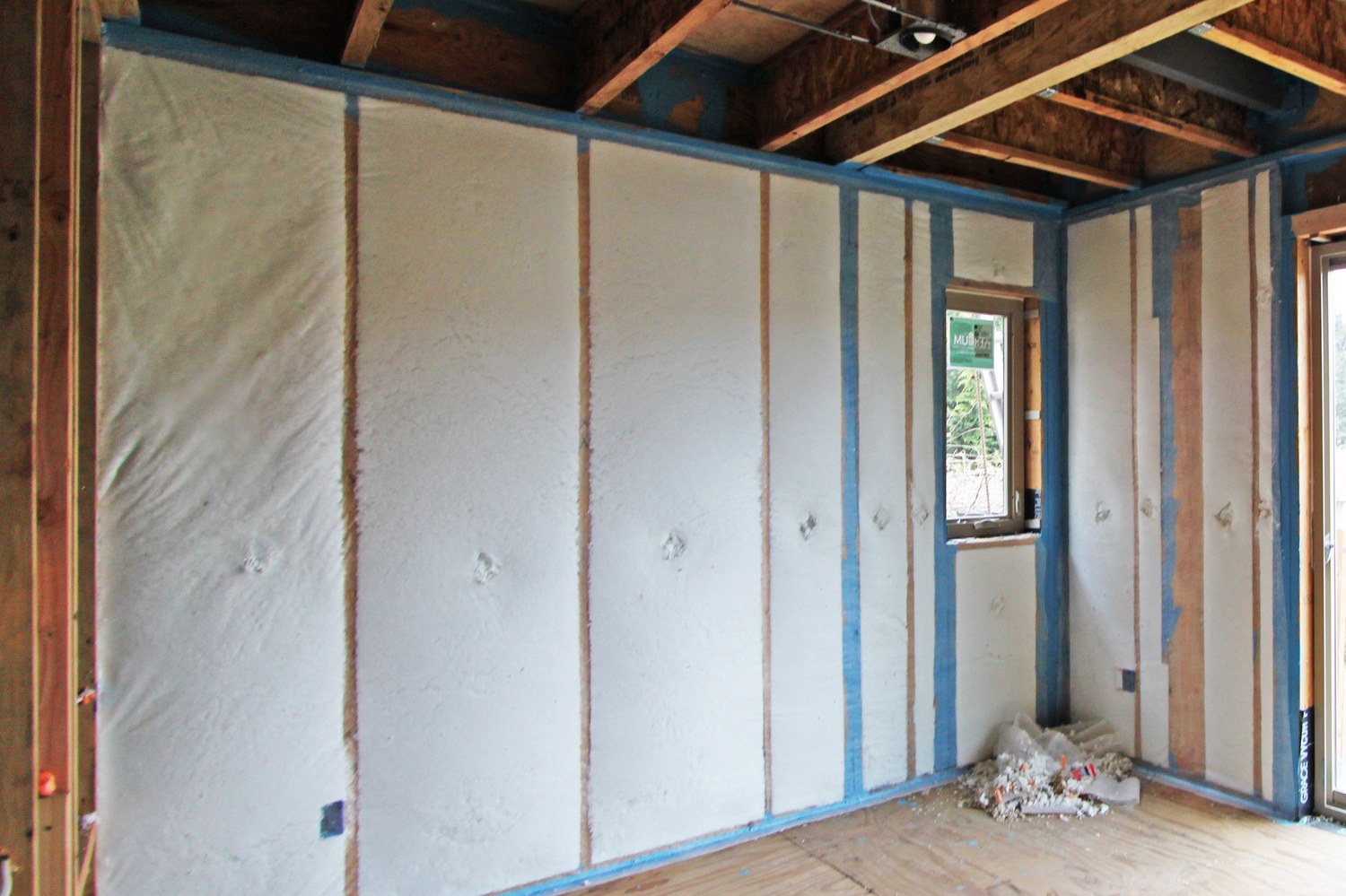
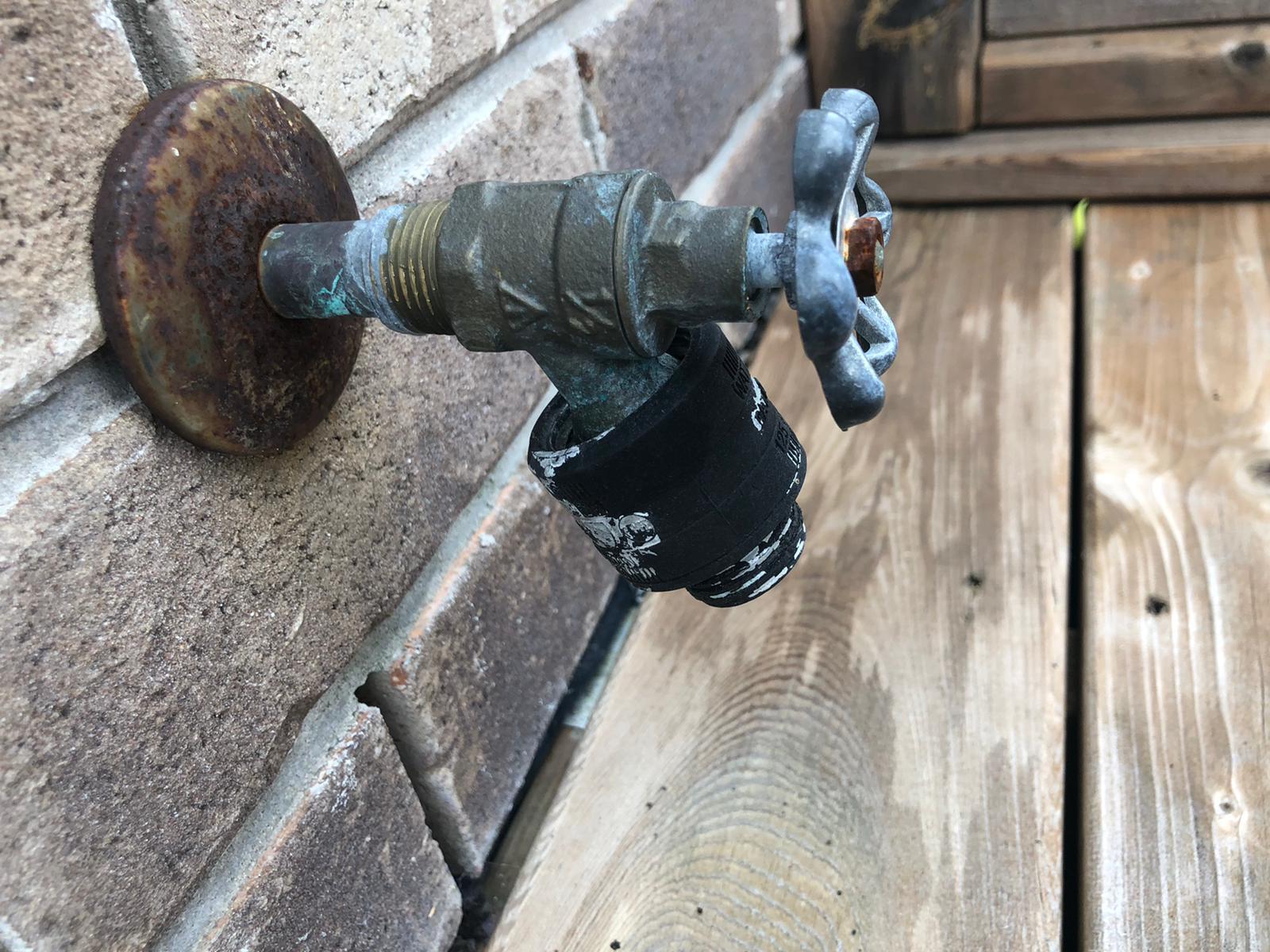

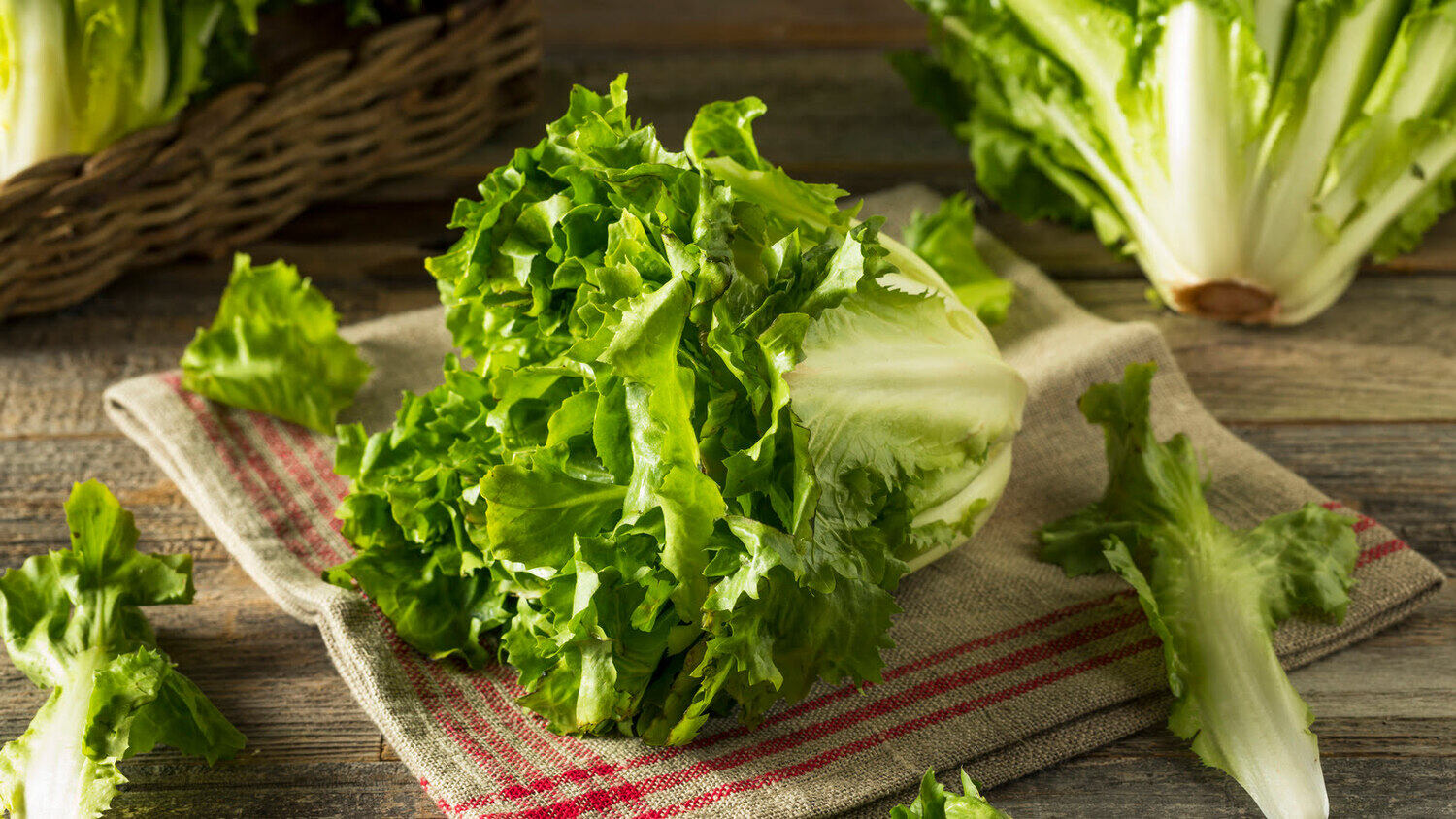

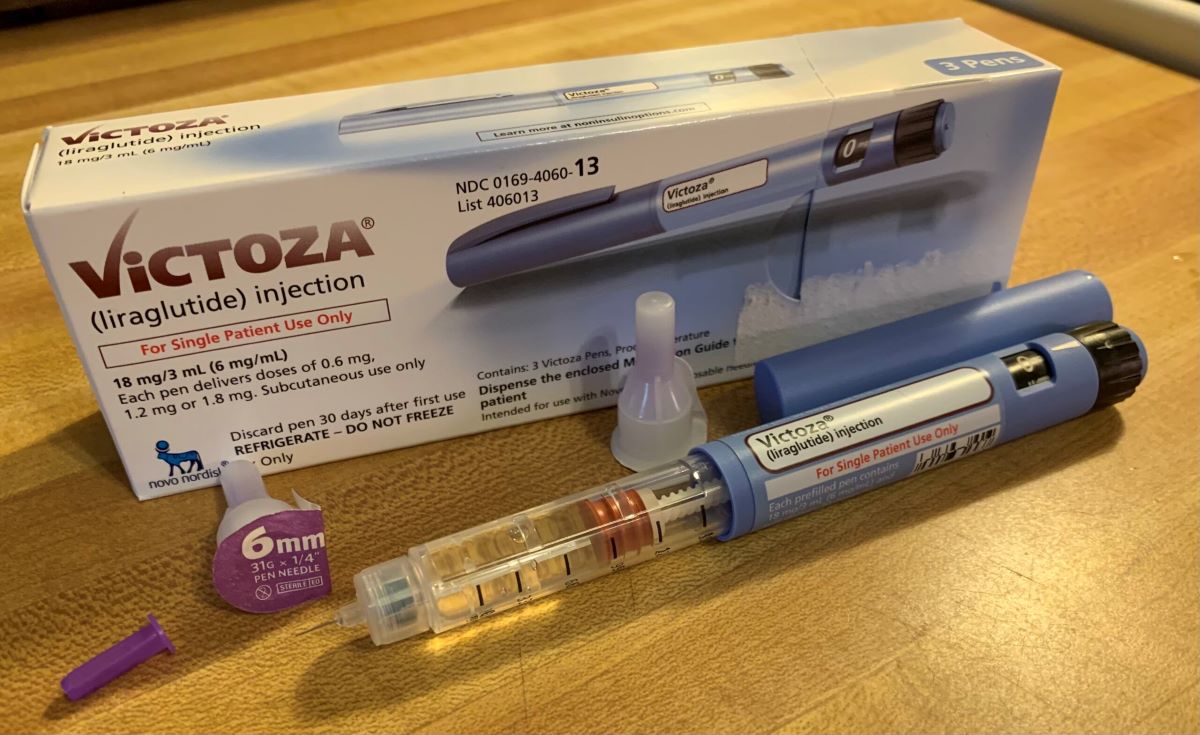
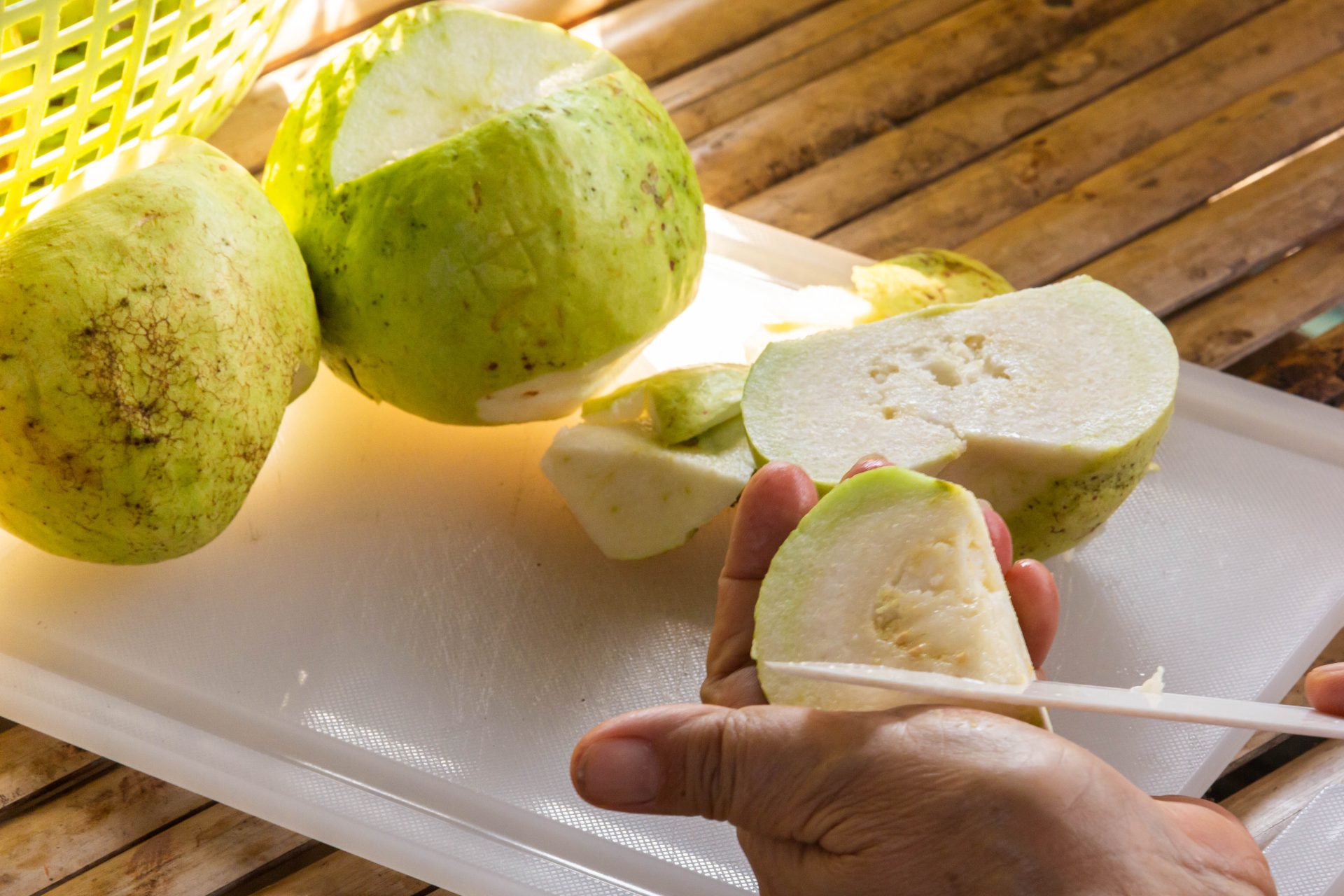
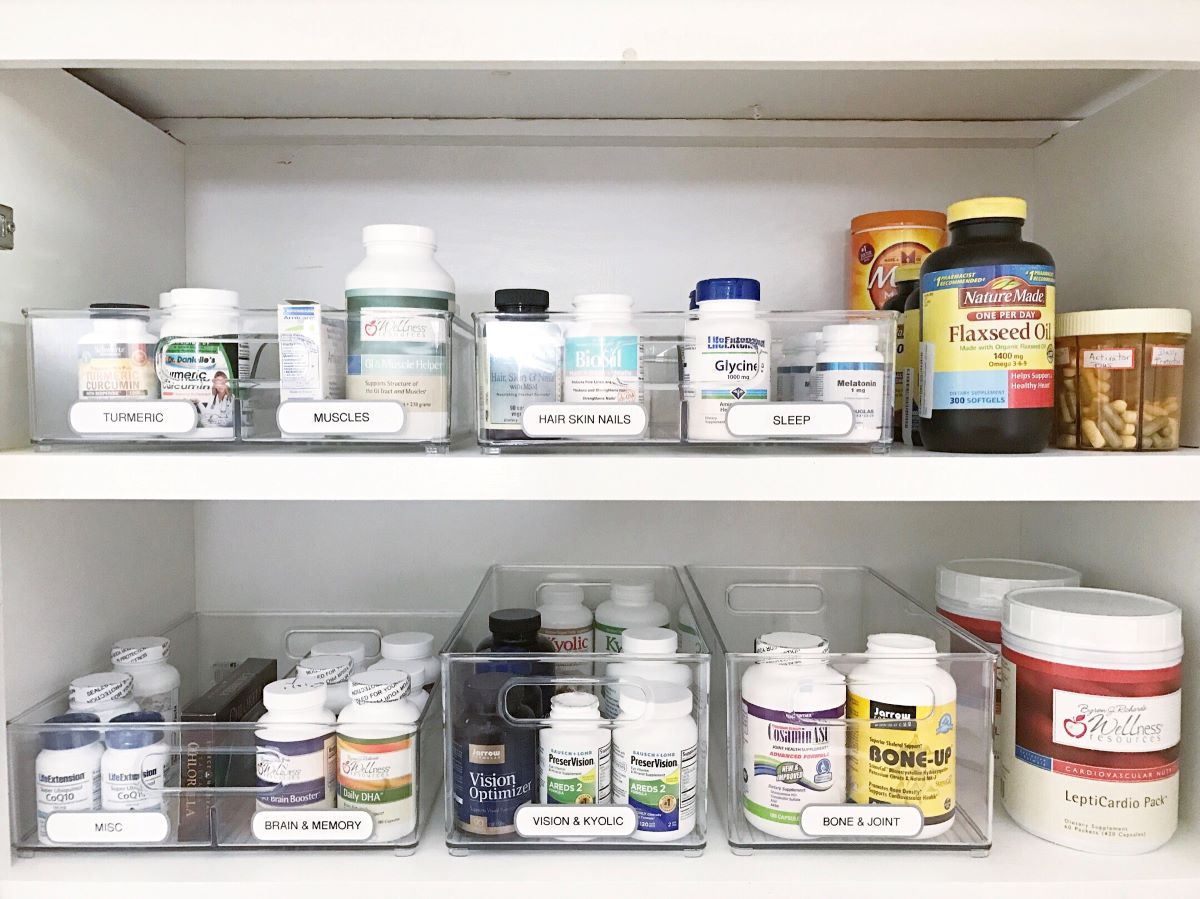
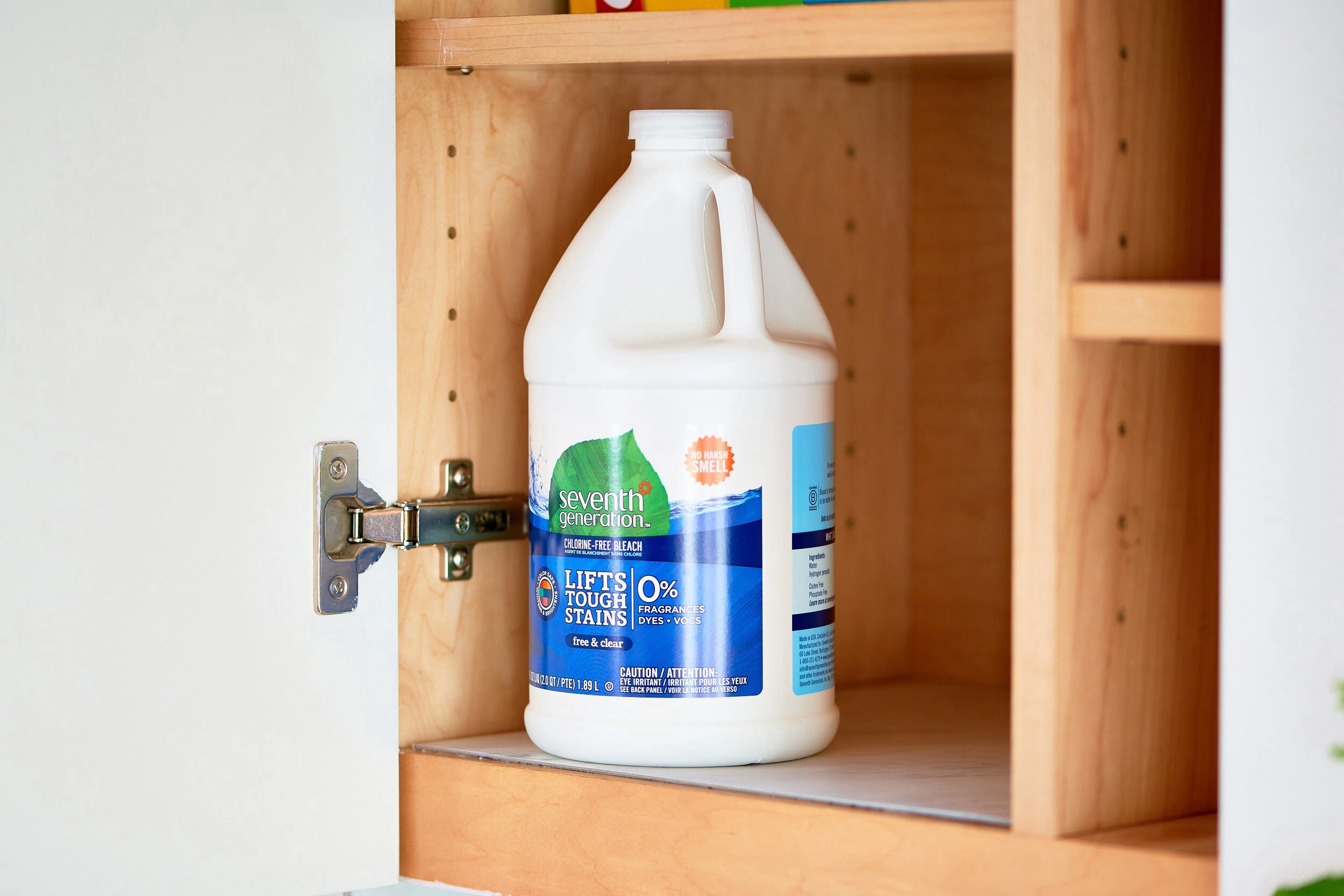
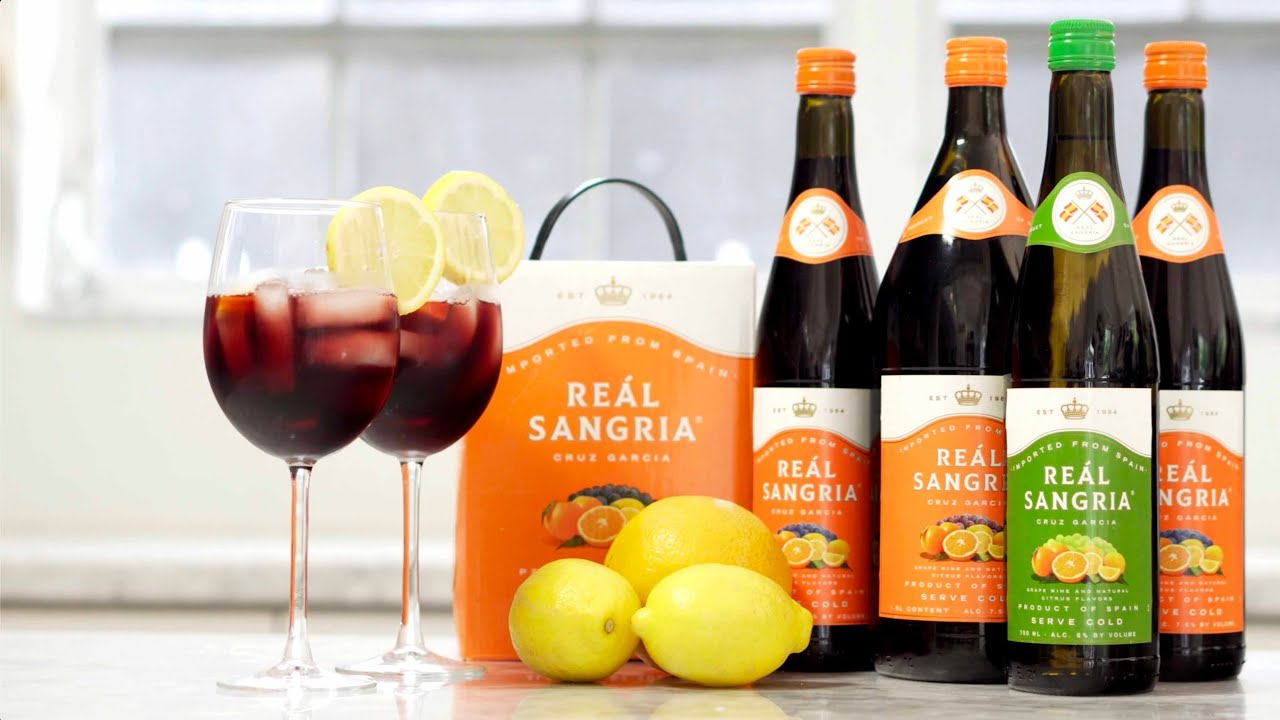
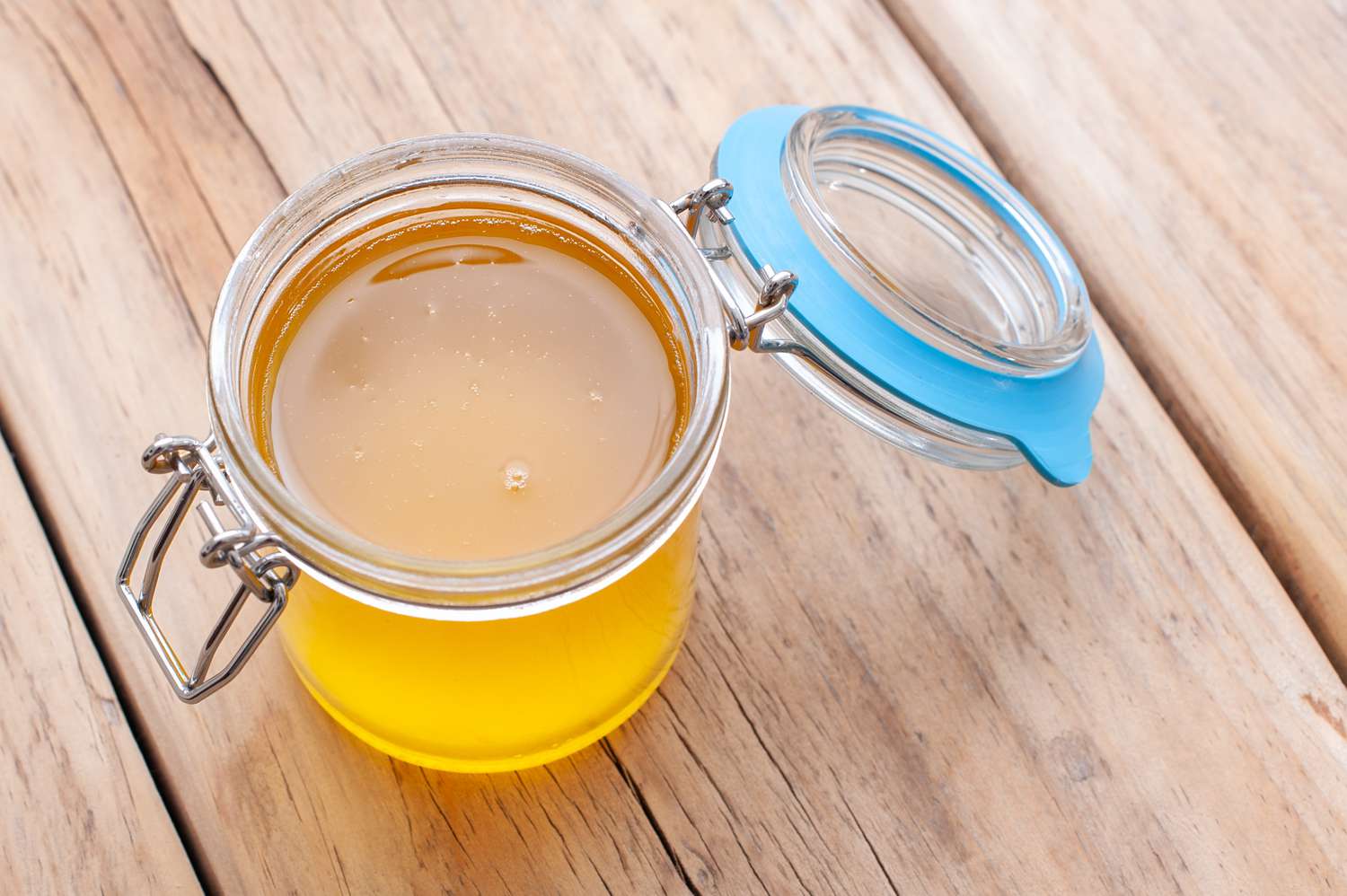
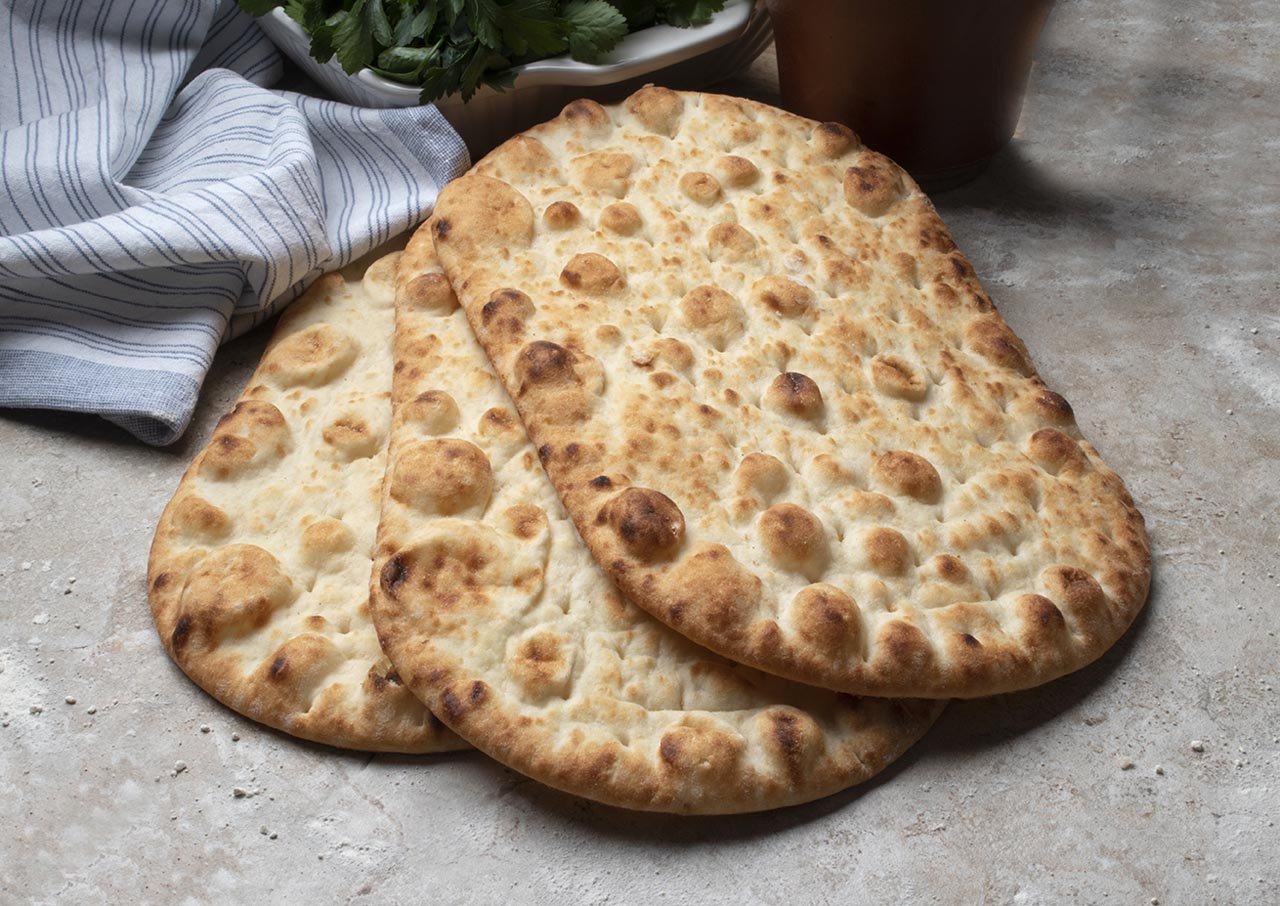
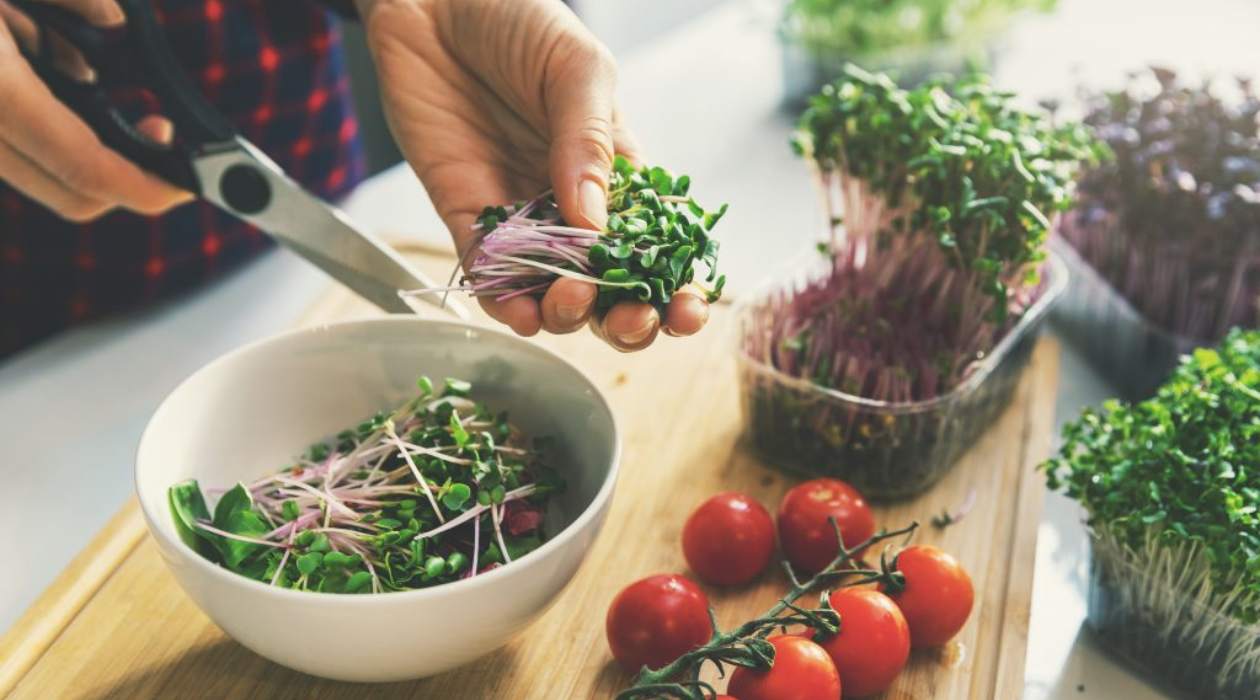
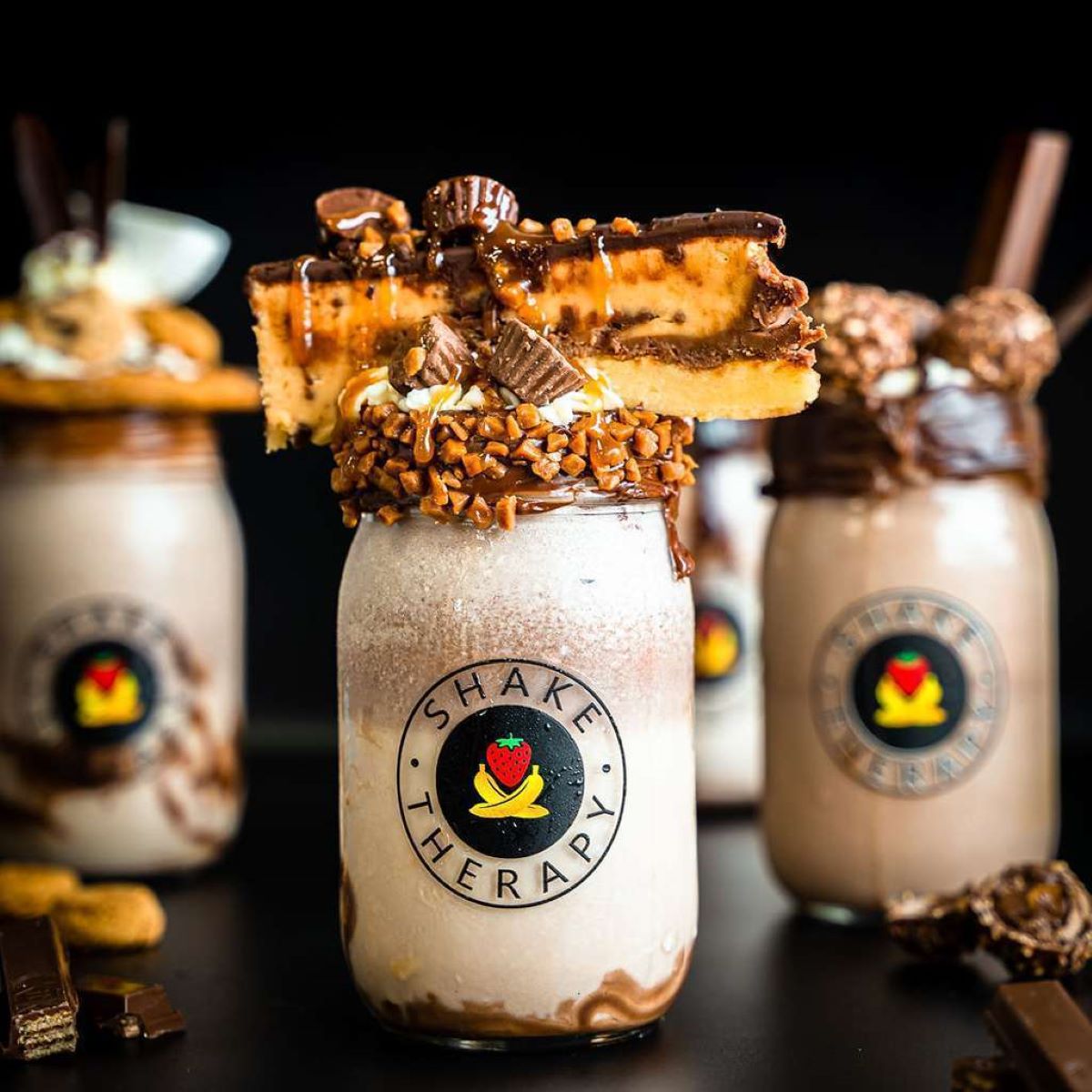

0 thoughts on “How To Store Bibs”